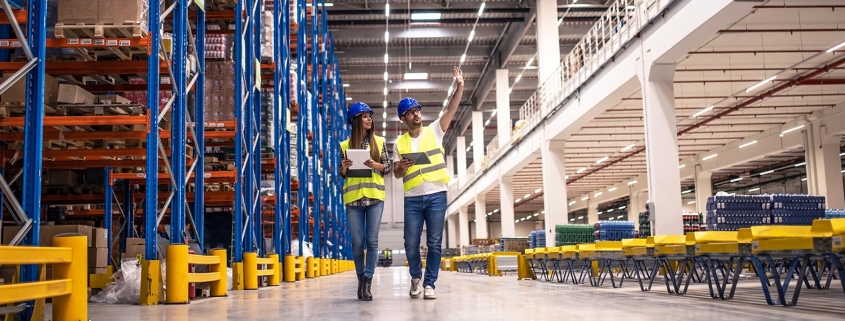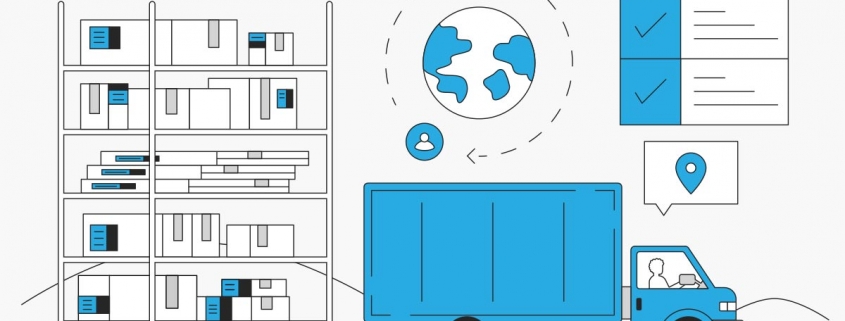Balancing efficiency and customer demands is crucial in international logistics. Efficient operations can reduce costs and improve delivery speed, while meeting customer demands is key to sustaining business growth. Here are some methods to help you achieve a balance between the two:
Process optimization: Improve operational efficiency by analyzing and enhancing logistics processes. Optimize warehousing, transportation, and distribution to eliminate unnecessary steps and time wastage. Ensure process flexibility to accommodate changing customer demands.
Data-driven decision-making: Collect and analyze data to understand customer demands and market trends. Make decisions and strategies based on data to ensure efficient operations and meet personalized customer demands.
Flexible supply chain network: Establish a flexible supply chain network to address variations in demands across regions and markets. Strategically plan the positioning of warehouses and distribution centers to ensure timely deliveries and reduce transportation costs.
Timely communication and feedback: Maintain close communication with customers to understand their demands and feedback. Establish effective communication channels to address issues and provide high-quality customer service.
Effective inventory management: Avoid overstocking and stockouts through accurate forecasting and demand planning. Maintain appropriate inventory levels to meet customer demands while reducing capital occupation and warehousing costs.
Continuous improvement and innovation: Continuously seek opportunities for improvement and innovation to enhance efficiency and meet customer demands. Keep an eye on new technologies and trends, explore automation and digital solutions to enhance logistics efficiency and customer experience.
#InternationalLogistics #EfficiencyAndCustomerDemands #SupplyChainOptimization #DataDriven #FlexibleSupplyChain #CustomerCommunication #InventoryManagement #ContinuousImprovement #LogisticsInnovation











